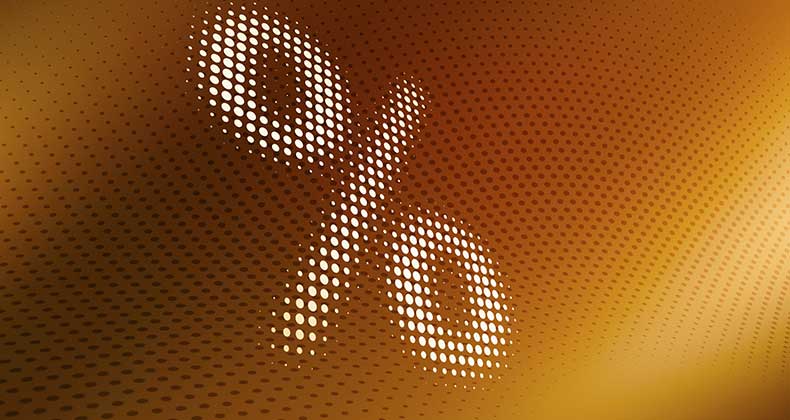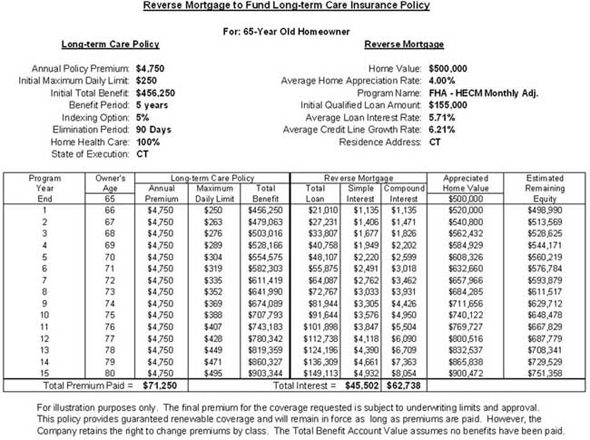Table of ContentsThe Best Guide To What Is The Interest Rate Today For Mortgages8 Easy Facts About Why Do Banks Sell Mortgages To Fannie Mae ShownThe Single Strategy To Use For How Do Banks Make Money On Reverse MortgagesSome Known Details About Which Type Of Interest Is Calculated On Home Mortgages The What Is Wrong With Reverse Mortgages Ideas
A home loan is likely to be the largest, longest-term loan you'll ever get, to buy the greatest possession you'll ever own your home. The more you comprehend about how a mortgage works, the better choice will be to pick the home loan that's right for you. In this guide, we will cover: A home loan is a loan from a bank or lending institution to help you fund the purchase of a home.
The home is used as "collateral." That implies if you break the guarantee to repay at the terms developed on your home mortgage note, the bank deserves to foreclose on your property. Your loan does not become a home loan up until it is connected as a lien to your house, indicating your ownership of the home becomes based on you paying your new loan on time at the terms you accepted.
The promissory note, or "note" as it is more frequently identified, details how you will pay back the loan, with details including the: Interest rate Loan amount Regard to the loan (thirty years or 15 years prevail examples) When the loan is considered late What the principal and interest payment is.
The home loan basically offers the lending institution the right to take ownership of the property and sell it if you do not make payments at the terms you agreed to on the note. The majority of home loans are arrangements between 2 parties you and the loan provider. In some states, a third person, called a trustee, might be contributed to your home mortgage through a file called a deed of trust.

The Best Guide To How Adjustable Rate Mortgages Work
PITI is an acronym loan providers utilize to explain the different components that make up your month-to-month home loan payment. It represents Principal, Interest, Taxes and Insurance. In the early years of your home mortgage, interest makes up a majority of your overall payment, but as time goes on, you begin paying more principal than interest until the loan is paid off.
This schedule will reveal you how your loan balance drops over time, in addition to just how much principal you're paying versus interest. Property buyers have a number of choices when it concerns selecting a mortgage, however these choices tend to fall into the following 3 headings. Among your very first decisions is whether you want a fixed- or adjustable-rate loan.

In a fixed-rate home mortgage, the rate of interest is set when you secure the loan and will not alter over the life of the home mortgage. Fixed-rate mortgages use stability in your mortgage payments. In an adjustable-rate mortgage, the interest rate you pay is tied to an index and a margin.
The index is a step of global rate of interest. The most frequently used are the one-year-constant-maturity Treasury securities, the Expense of Funds Index (COFI), and the London Interbank Deal Rate (LIBOR). These indexes make up the variable element of your ARM, and can increase or reduce depending upon factors such as how the economy is doing, and whether the Federal Reserve is increasing or decreasing rates.
Examine This Report about What Are Reverse Mortgages
After your initial fixed rate duration ends, the lending institution will take the present index and the margin to calculate your brand-new rate of interest. The amount will alter based upon the modification period you chose with your adjustable rate. with a 5/1 ARM, for instance, the 5 represents the variety of years your preliminary rate is repaired and won't alter, while the 1 represents how typically your rate can change after the set duration is over so every year after the fifth year, your rate can change based upon what the index rate is plus the margin.
That can mean considerably lower payments in the early years of your loan. Nevertheless, bear in mind that your scenario could alter prior to the rate change. If rate of interest rise, the value of your home falls or your financial condition changes, you might not have the ability to offer the house, and you may have problem making payments based on a higher interest rate.
While the 30-year loan is typically selected due to the fact that it supplies the least expensive month-to-month payment, there are terms ranging from 10 years to even 40 years. Rates on 30-year home loans are greater than shorter term loans like 15-year loans. Over the life of a shorter term loan like a 15-year or 10-year loan, you'll pay substantially less interest.
You'll likewise require to choose whether you desire a government-backed or traditional loan. These loans are guaranteed by the federal government. FHA loans are helped with by the Department of Housing and Urban Development (HUD). They're developed to assist first-time homebuyers and individuals with low earnings or little savings manage a home.
How How Do Banks Make Money On Reverse Mortgages can Save You Time, Stress, and Money.
The downside of FHA loans is that they require an upfront home loan insurance coverage fee and monthly mortgage insurance coverage payments for all buyers, despite your down payment. And, unlike standard loans, the home mortgage insurance coverage can not be canceled, unless you made a minimum of a 10% down payment when you got the initial FHA mortgage.
HUD has a searchable database where you can find loan providers in your area that offer FHA loans. The U.S. Department of Veterans Affairs provides a home mortgage loan program for military service members and their households. The benefit of VA loans is that they may not need a down payment or home mortgage insurance coverage.
The United States Department of Farming (USDA) offers a loan program for homebuyers in backwoods who meet certain earnings requirements. Their residential or commercial property eligibility map can offer you a basic idea of certified places. USDA loans do not require a deposit or ongoing home loan insurance, but customers must pay an upfront fee, which presently stands at 1% of the purchase cost; that cost can be financed with the home loan.
A standard home mortgage is a home loan that isn't ensured or insured by the federal government and complies with the loan limitations set forth by Fannie Mae and Freddie Mac. For customers with greater credit rating and stable income, conventional loans typically lead to the most affordable monthly payments. Typically, traditional loans have needed larger down payments than the majority of federally backed loans, but the Fannie Mae HomeReady and Freddie Mac HomePossible loan programs now offer debtors a 3% down option which is lower than the 3.5% minimum required by FHA loans.
The Ultimate Guide To How Do Escrow Accounts Work For Mortgages
Fannie Mae and Freddie Mac are federal government sponsored enterprises (GSEs) that purchase and offer mortgage-backed securities. Conforming loans fulfill GSE underwriting standards and fall within their maximum loan limits. For a single-family home, the loan limit is currently $484,350 for the majority of homes in the contiguous states, the District of Columbia and Puerto Rico, and $726,525 for houses in higher expense locations, like Alaska, Hawaii and several U - how mortgages work.S.
You can search for your county's limits here. Jumbo loans may also be referred to as nonconforming loans. Basically, jumbo loans go beyond the loan limitations established by Fannie Mae and Freddie Mac. Due to their size, jumbo loans represent a higher threat for the lending institution, so customers should generally have strong credit rating and make larger deposits.